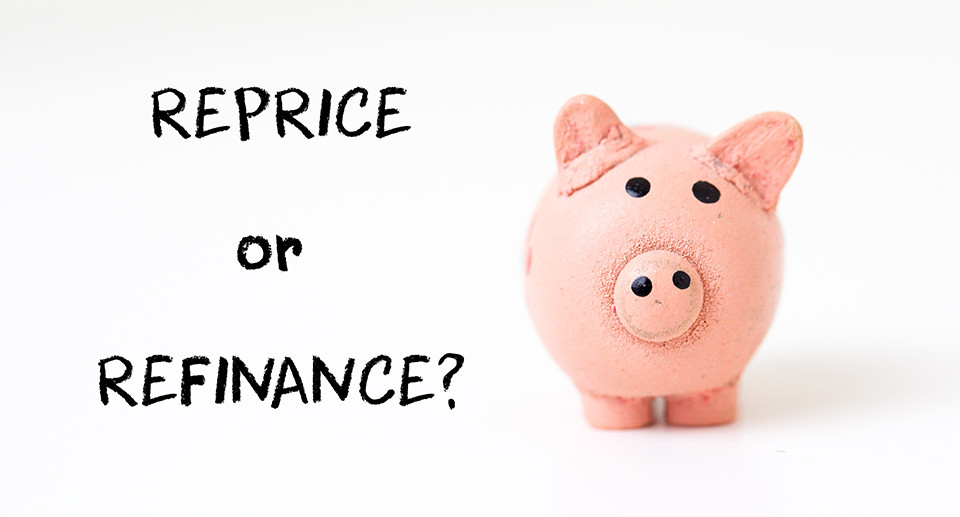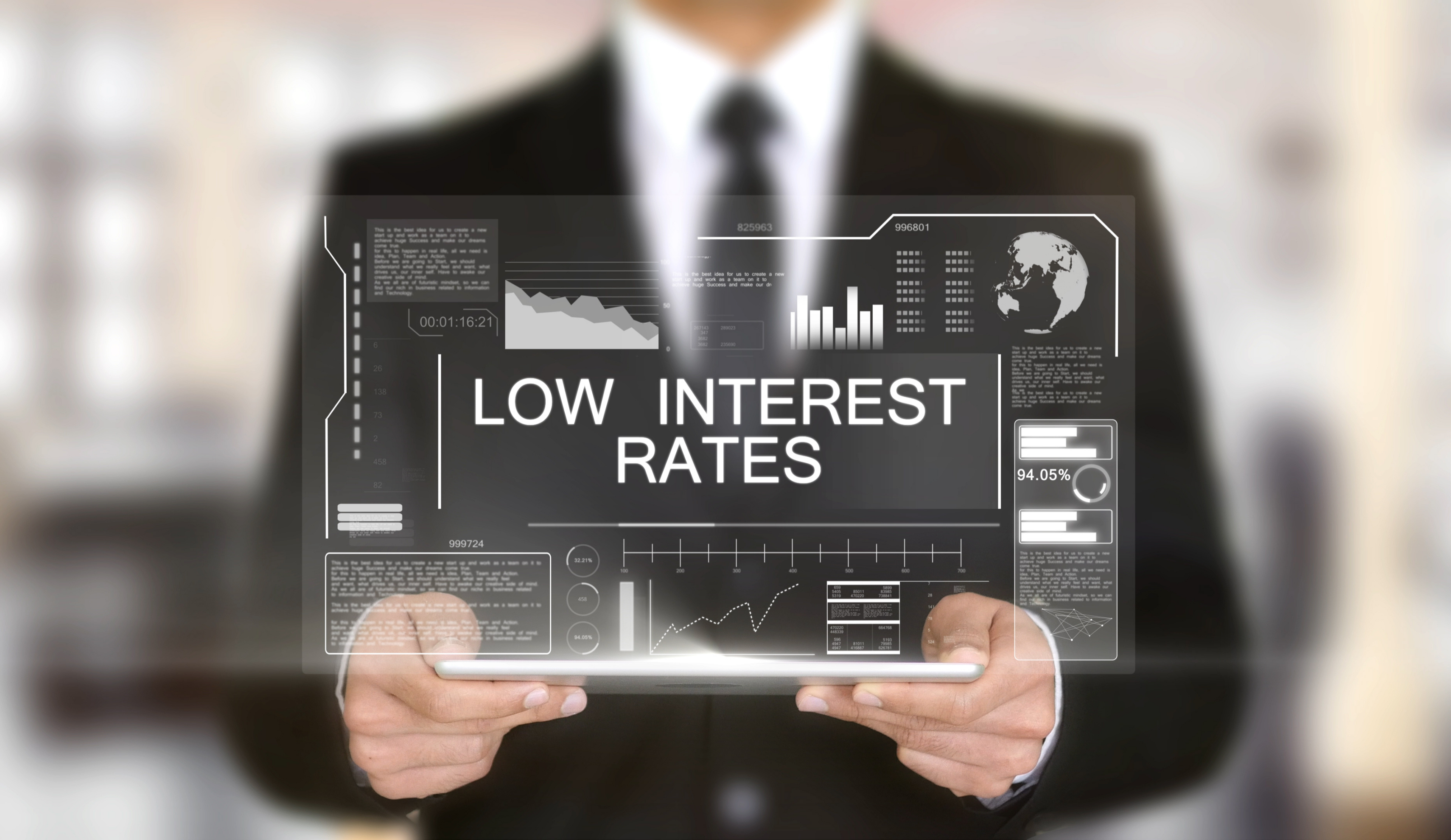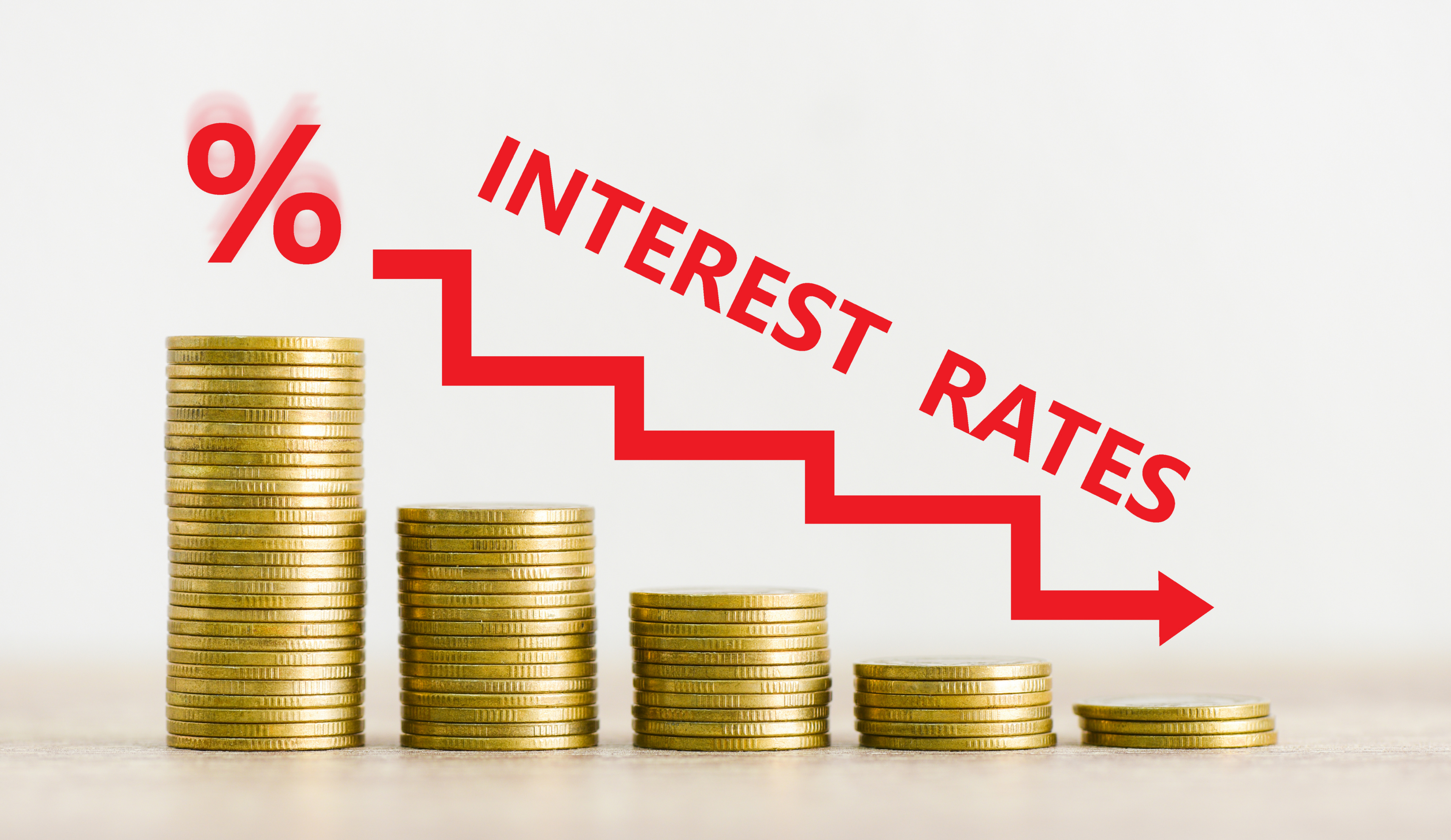How to Refinance from HDB Housing Loan to Bank Loan?
This article explains the eligibility requirement, discusses the considerations you should refinance, and how to go about refinancing from HDB loan to bank loan
There are several reasons why homebuyers take out an HDB housing loan to finance the purchase of an HDB flat, especially if it’s their first home loan. To start with, because buyers are allowed to borrow as much as 85% of the valuation or transacted price (whichever is lower), it’s easier to come up with the down payment. Also, first-time homebuyers are often unaware that there are other loan options in the marketplace. Or it may be that the interest rate the bank was offering was higher than HDB’s rate of 2.6%.
But after a few years, homeowners often start looking for a mortgage loan with lower interest rates. If you are in this situation and would like to explore your options for switching your HDB loan over to a bank loan with lower interest rates, keep reading.
This article explains the process and addresses the following issues:
Do You Meet the Eligibility Requirements?
Reasons for Wanting to Refinance an HDB Loan
How to Refinance from an HDB Loan to a Bank Loan
How Long Does It Take to Get Through the Refinancing Process?
Do You Meet the Eligibility Requirements?
To determine whether you meet the requirements for switching your HDB loan to a bank loan, there are a number of factors to consider:
Mortgage Servicing Ratio (MSR)
The Mortgage Servicing Ratio (MSR) is that portion of your gross monthly income that would be used to repay all your property loans, including the one you’re applying for. MSR currently cannot be over 30% of your gross monthly income as a borrower.
Total Debt Servicing Ratio (TDSR)
The Total Debt Servicing Ratio (TDSR) is that portion of your gross monthly income that would be needed to repay all your monthly debts, include property loans as well as the loan you’re applying for. The TDSR limit currently cannot be over 55% of your gross monthly income as a borrower.
Loan-to-Value (LTV)
When you’re switching over, your bank will apply their Loan-to-Value (LTV) limit. This means that if you haven’t yet repaid at least 25% of the valuation or purchase price (whichever is lower) of your property, you will likely have to add more CPF or cash to bring it up to the current LTV, which is 75%.
For example, you paid $500,000 for your HDB flat and took out a 85% loan (the maximum) from HDB of $425,000 to buy it. In the years since then you’ve paid off more than $75,000 to HDB. When you add in your $50,000 down payment, you’ve paid more than $125,000, which equals 25% of your flat’s price. This allows you to refinance the entire balance of your loan (75% or less) with the bank.
On the other hand, if you haven’t paid that much of your loan off yet, you are still able to refinance but will only be permitted to borrow up to 75% from the bank. This means you will have to pay the difference in CPF or cash.
Additional Refinancing Criteria
Last but not least, you will also be required to meet the minimum income criteria. This amount will depend on how much you are borrowing from the bank and whether you take up the loan on your own or joint with a co-signer.
If you meet the criteria as stated above, then you would be eligible to switch your HDB loan over to a bank loan. However, once you’ve switched over you would not be allowed to switch back, so make sure you know what you’re doing here!
Reasons for Wanting to Refinance an HDB Loan
Better Interest Rate
One of the advantages of an HDB loan is that it comes with a stable interest rate. At the moment the rate is 2.6%, which is arrived at by using +0.1% of the Ordinary Account rate of CPF. This rate hasn’t been changed in many years. Although some borrowers like the stability of a 2.6% rate, it is considered high compared to the rates banks are offering, which have been predominantly under 2% in the past few years.
While the difference is only 1%, it will add up over time. This is the primary reason for homeowners deciding to get out of their HDB loans at the earliest possible date. It can save them a significant amount of money.
So that you can see the benefit of switching to a bank loan for a lower interest rate, we put together this chart that shows the monthly amortization schedule for both an HDB mortgage loan at 2.6% interest and a bank loan at 1.3% for comparison:
Monthly Amortization Schedule Comparing HDB Loans with Bank Loans
|
Loan Amount: $500,000. Loan Tenure: 25 Years |
||||||
|
Month |
HDB Loan (Interest 2.6%) |
Bank Loan (Interest 1.3%) |
||||
|
Monthly Instalment |
Interest |
Principal |
Monthly Instalment |
Interest |
Principal |
|
|
1 |
$2,268.35 |
$1,083.33 |
$1,185.02 |
$1,953.04 |
$541.67 |
$1,411.37 |
|
2 |
$2,268.35 |
$1,080.77 |
$1,187.58 |
$1,953.04 |
$540.14 |
$1,412.90 |
|
3 |
$2,268.35 |
$1,078.19 |
$1,190.16 |
$1,953.04 |
$538.61 |
$1,414.43 |
|
4 |
$2,268.35 |
$1,075.61 |
$1,192.74 |
$1,953.04 |
$537.07 |
$1,415.97 |
|
5 |
$2,268.35 |
$1,073.03 |
$1,195.32 |
$1,953.04 |
$535.54 |
$1,417.50 |
|
6 |
$2,268.35 |
$1,070.44 |
$1,197.91 |
$1,953.04 |
$534.01 |
$1,419.03 |
|
7 |
$2,268.35 |
$1,067.84 |
$1,200.51 |
$1,953.04 |
$532.47 |
$1,420.57 |
|
8 |
$2,268.35 |
$1,065.24 |
$1,203.11 |
$1,953.04 |
$530.93 |
$1,422.11 |
|
9 |
$2,268.35 |
$1,062.64 |
$1,205.71 |
$1,953.04 |
$529.39 |
$1,423.65 |
|
10 |
$2,268.35 |
$1,060.02 |
$1,208.33 |
$1,953.04 |
$527.85 |
$1,425.19 |
|
11 |
$2,268.35 |
$1,057.41 |
$1,210.94 |
$1,953.04 |
$526.30 |
$1,426.74 |
|
12 |
$2,268.35 |
$1,054.78 |
$1,213.57 |
$1,953.04 |
$524.76 |
$1,428.28 |
|
Total |
$27,220.20 |
$12,829.30 |
$14,390.90 |
$23,436.48 |
$6,398.74 |
$17,037.74 |
As shown on the chart above, despite the difference being only $315.31 on the monthly instalment payments, a bank loan will have you paying $6,430.56 less in interest ($12,829 - $6,398.74) at the end of year one. This means you will be paying more towards the principal.
Now let’s take a look at how much money you will save in interest after five years:
Yearly Amortization Schedule Comparing HDB Loans with Bank Loans
|
Loan Amount: $500,000. Loan Tenure: 25 Years |
||||
|
Year |
HDB Loan (Interest 2.6%) |
Bank Loan (Interest 1.3%) |
||
|
Interest |
Principal |
Interest |
Principal |
|
|
1 |
$12,829.30 |
$14,390.90 |
$6,398.74 |
$17,037.74 |
|
2 |
$12,450.66 |
$14,769.52 |
$6,175.91 |
$17,260.57 |
|
3 |
$12,062.04 |
$15,158.16 |
$5,950.18 |
$17,486.30 |
|
4 |
$11,663.20 |
$15,557.00 |
$5,721.50 |
$17,714.98 |
|
5 |
$11,253.86 |
$15,966.34 |
$5,489.82 |
$17,946.66 |
|
Total |
$60,259.06 |
$75,841.92 |
$29,736.15 |
$87,446.25 |
As shown in the chart above, a bank loan will have you paying $30,522,91 less in interest ($60,259.06 - $29,736.15) and more towards principal at the end of year five. This means that you will not only save plenty on interest charges, but you will also have less money owing on your total loan amount.
The lower the interest rate, the greater portion of your monthly instalment payments will go towards paying off the principal.
Bank Incentives
To lower the cost of refinancing, banks sometimes offer customers an incentive to refinance with them. This is in addition to their lower interest rate. For example, a lot of banks offer to cover legal fees and the cost of valuation, which are incurred when you refinance. These are of course subject to being clawed back if you discharge the loan or refinance with another bank within certain period which is usually 3 years.
For example, if the valuation costs $150 and the legal fees are $1,500, the bank might give you a $1,650 subsidy to refinance with them. This in effect waives the refinancing costs. However, some banks determine their subsidies based on a percentage of the total amount of the loan, so you may still have to come up with some of the costs on your own.
How to Refinance from an HDB Loan to a Bank Loan
1. Compare Available Loan Packages
When you decide to refinance to a bank loan, it’s important that you do your due diligence by evaluating the available loan packages on the market. You will of course compare the interest rates being offered by various banks, but you also need to look at the incentives being offered as well (see above).
Many people become overwhelmed at this point, so if this applies to you then now would be a good time to speak to the mortgage partners of Pinnacle Estate Agency. They can help you decipher all the complexities since they’re among the best in the business. They can advise you on which home loan would best meet your needs by explaining the various interest rates, fees, repayment terms, and loan tenures.
2. Organize the Necessary Documentation Before You Apply
Once you choose which bank loan would work best, you will need to provide the following documents to the bank with your application:
- Your NRIC
- Details on your HDB flat, which you can get from the MyHDBPage
- Your HDB financial information, which you can also get from the MyHDBPage
- Your most recent outstanding loan statement, which you can get from the MyHDBPage as well
- Your most recent Central Provident Fund (CPF) Property Withdrawal Statement, which you can get from your CPF account
- Your most recent Notice of Assessment from the Inland Revenue Authority of Singapore, which you can get from the IRAS MyTax Portal
- The last 12 months history of your CPF transactions, which you can get from your CPF account
- Your last three months’ payslips
- If you’ve been at your job for less than three months, your employment contract will be needed
- If you have rental income, your Stamp Certificate and Tenancy Agreement will be needed
3. Valuation Assessment
Before the bank approves your refinancing application, they will need to know how much your property is worth. This will require a valuation assessment, so the bank will appoint a licensed valuer to assess the value. The valuer will reach out to you to schedule a visit to your property to do their valuation report. You will likely receive a copy of the report through the mail.
4. Select a Law Firm
You will need a law firm to handle the legalities of refinancing your HDB loan over to a bank loan. You are required to choose a law firm, which is in the bank’s panel. So, this is the first question you’ll ask, along with the legal fee (and if the fee includes the mortgage duty, which is typically $500). You can expect to be charged anything from $1,500 to $2,000 in legal fees. The law firm will be responsible for handling the conveyance as well as all the paperwork involved in refinancing your property.
5. Adjust your Contribution to CPF if Necessary
If you plan on using savings from your CPF for your monthly instalment payments, you will need to adjust the amount being paid. This is something your lawyer can help you with by lodging your monthly CPF repayment amount, as well as your Home Protection Scheme (HPS).
Do You Need Mortgage Insurance?
Yes, most definitely! We recommend that everyone get mortgage insurance if at all possible. You can easily get one called Home Protection Scheme (HPS) from CPF.
The amount of insurance you get will depend on how much money you’re borrowing, and it should be quite affordable. If you co-own the property with someone else, you can insure one of you, or both. Should the borrower suffer from Total Permanent Disability (TPD) or die, the insurance company will fully pay the outstanding balance on the mortgage. At that point, the mortgage will be discharged.
How Long Does It Take to Get Through the Refinancing Process?
It typically takes about three months to complete the refinancing process. Although the whole process may seem complex at first, most of the work is done by the lawyers. Considering how much money you could save in the long run by refinancing your HDB loan to a bank loan, it is definitely worth the wait.
Disclaimer:
The content of this website is for informational only and is not meant to be taken as professional financial advice.
Pinnacle Estate Agency makes every effort to keep our website updated. But information can change without warning, so we cannot guarantee the accuracy of content posted on this site, including information provided to us by third parties at one time or another.
Whilst we make every effort to ensure that the information on our website is accurate, readers should not rely on our information when making decisions regarding finances or investments. We recommend that you consult with a reputable financial advisor or your bank before making such decisions. They will consider your specific needs and financial situation.
Pinnacle Estate Agency does not provide any warranty on the accuracy, completeness, or reliability of information on this website. The exception would be any liability currently under statute. Pinnacle Estate Agency, its management team, and employees are not liable for any errors or omissions on our website or for any possible damages or losses affecting readers or others as a result.
At Pinnacle Estate Agency, we strongly believe in sharing our real estate knowledge to the public. For more content like this article, check out our Singapore Property Guides.











